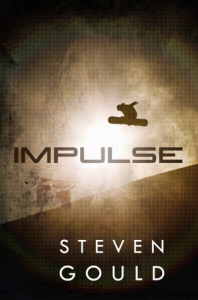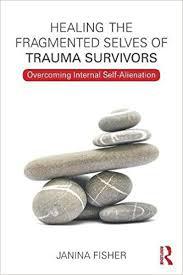First published in July 2012.
Charlotte Markham and the House of Darkling, billed as ‘a Victorian Gothic tale’, is American author Michael Boccacino’s debut novel. The story takes place in a country home named Everton on the edge of an English village named Blackfield.
The story opens with ‘the dance of the dead’, in which we are introduced to the protagonist’s late husband and parents. Echoes of the Victorian Gothic genre are apparent from the first page, and it feels from the outset as though something rather dark is lurking beneath the surface of the novel. The book’s opening line – ‘Every night I dreamt of the dead’ – is gripping and sinister in equal measure. Indeed, the ever-present fear of death death is personified and the very threat of it is treated as a character in itself. The line between the living and the dead is blurred in the novel: ‘Death made himself known to me as he took the souls of my loved ones to the Other Side’.

At the outset of the novel, Nanny Prum, ‘a woman of some physical substance’, is entrusted with the care of the two Darrow boys, Paul and James. She is soon found brutally murdered by one of Charlotte’s friends – it was ‘Nanny Prum… all in pieces. Like she’d come apart from the inside’. The boys, though only a young teenager and a five year old respectively, have already had to deal with loss and grief in their lives. Their mother, Lily, passed away the year before Charlotte Markham and the House of Darkling begins. Charlotte soon takes up position as the nanny of the boys, leaving her post as governess more or less behind. In Mr Darrow, the master of the house, she finds a ‘nocturnal confidant’. The two grow closer as they try to ward off the ‘comfortable melancholy’ which has settled itself around them.
One morning, Charlotte takes the boys on a spontaneous morning trip, and this is where the more fantastical events of the novel begin to occur. Whilst in the forest, they find themselves ‘in a strange land with shadows that crawled and pieces of fruit that walked’. They come across a ‘great house’ and ‘a woman, tall and regal, even at a distance… She descended the steps leading up to the house with slow deliberation, almost gliding to the ground, a beautiful phantom’. This woman turns out to be the late Lily Darrow, and the mansion the magical House of Darkling. Here, time passes at a different speed, and everything is not quite as it seems. The boys are sworn to secrecy and promise not to tell about meeting her mother after Lily says: ‘It’s almost like a spell that’s keeping me from leaving you forever, and if you tell your father, it will be broken’.
The descriptions throughout the novel work well, and are rather evocative. Ballroom guests during the dance of the dead are ‘dressed in moldering finery’, and the large country house in which the Darrow family live has ‘fallen into a comfortable state of disrepair’. Charlotte sees in it, however, ‘a warmth… a kind of intimacy that only comes with age, like the creases around the mouth that appear after years of excessive smiling, or a favorite blanket worn down from friendly use’. The names of the chapter titles are intriguing and darkly magical, ranging from ‘A Lesson in Dreaming’ and ‘Interrupted Moonlight’ to ‘The Stolen Sun’ and ‘The Unraveling of Nanny Prum’.
Despite the novel’s promising beginning, interest in the story does wane around a third of the way through. The book holds many historical inaccuracies and countless phrases which would not have been uttered by English people during the Victorian era. The village of Blackfield is described as a ‘small, wholesome sort of place’, James Darrow says ‘I dunno’ – language which would not be used by a privileged boy who has been brought up with wealth and the best of intentions – and Charlotte ‘read for a bit’ to pass the time. References are made to ‘taffy’, and ‘cookie’ is used instead of ‘biscuit’. It stands to reason that an American author would use vocabulary which he is comfortable with, but such language would not have been used in England during the period. Such historical mistakes really do let the book down.
The novel uses the first person perspective of Charlotte Markham. At first her narrative voice is captivating and feels relatively authentic, working very well with the unfolding story, but it soon becomes evident that her voice is perhaps a little too modern to work with her character. Charlotte’s character, too, is not an altogether likeable aspect of the book. Whilst she is sympathetic to a point about the boys losing their mother, she often comes across as self-important, believing that her own status as a widow is far more important than two young children growing up without a parent.
Charlotte Markham and the House of Darkling is rather an intriguing read, but one which seems to have not been checked for even the most basic of historical facts. It does not seem like a consistent novel in terms of its storyline or characters, and many elements fall flat in terms of their overall execution.
Purchase from The Book Depository
Advertisements Share this:




